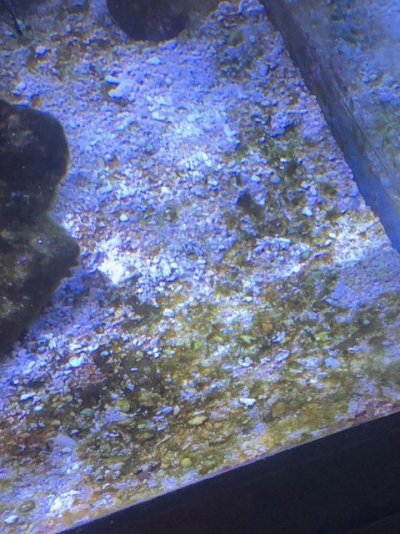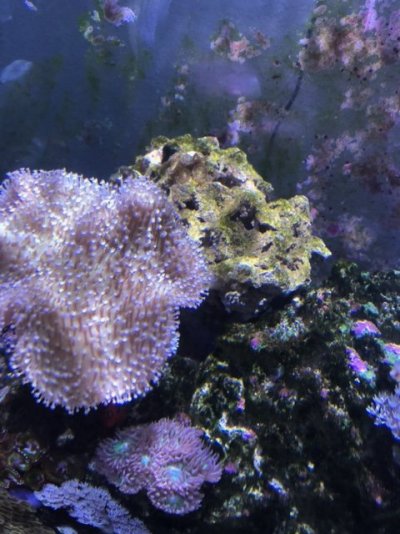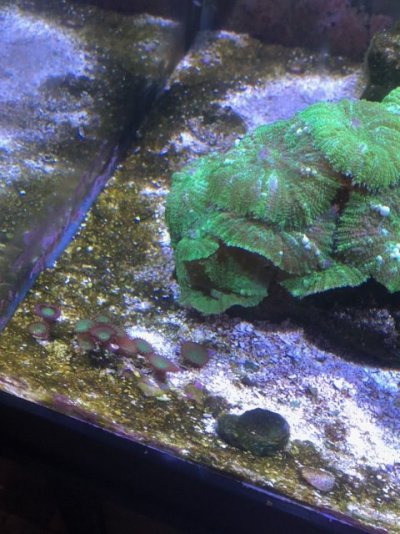
Removing remote deep sand bed
I setup a removable deep sand bed in my sump 9 months ago but now I’d like to remove it to give me more room in the sump. What do you think the impact to tank chemistry might be and how to mitigate any negatives?
 www.reef2reef.com
www.reef2reef.com
Remote DSB in sump. A massive, huge, massive amount of working filtration surface area.
instantly disconnected not in partials. updates to come, drum roll





















